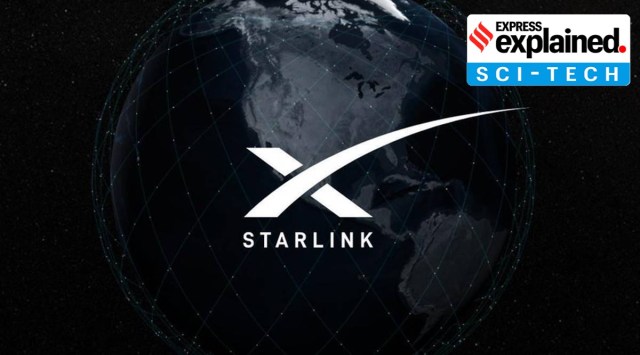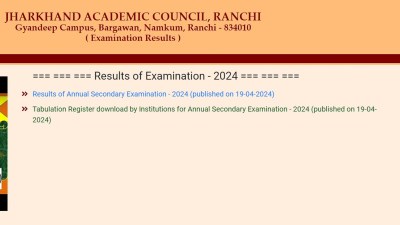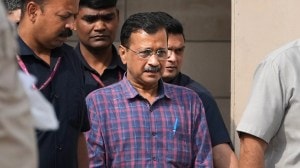- India
- International
Explained: Why is Elon Musk’s Starlink offering a ‘premium’ service now?
Elon Musk's satellite internet venture Starlink has started offering a 'premium' service to its customers. What is it, and why now? Is there a market for satellite broadband in India, and what has been Starlink’s journey in the country?
 India was considered to be a key market for Starlink.
India was considered to be a key market for Starlink.Elon Musk’s satellite internet venture Starlink, which has been hit with delays in India owing to pending regulatory approvals, has started offering a “premium” service to its customers in existing markets with a promise of faster internet speeds and improved performance. The new premium offering — at $500 a month — further flags the technology’s cost-prohibitiveness for market like India.
What is the satellite broadband service?
The service offers low-latency broadband internet to remote areas across the globe, using a constellation of satellites in low-Earth orbit. In other words, it allows users to connect to the internet beamed from space onto a dish antenna, much like satellite TV.
Amazon and OneWeb are also working on their versions of this satellite internet technology.
What is Starlink’s premium service?
The premium service claims to provide internet speeds ranging between 150 and 500 mbps. The latency of the premium service is between 20-40ms. In contrast, the regular Starlink service has speeds between 100 and 200 mbps. According to Starlink’s website, the premium offering will come with 24×7 support and assist features through a mobile app.
 A SpaceX Falcon 9 rocket lifts off from Pad 39A at Kennedy Space Center, Fla.,Thursday, Feb. 3, 2022. The rocket is carrying a batch of Starlink satellites. (Craig Bailey/Florida Today via AP)
A SpaceX Falcon 9 rocket lifts off from Pad 39A at Kennedy Space Center, Fla.,Thursday, Feb. 3, 2022. The rocket is carrying a batch of Starlink satellites. (Craig Bailey/Florida Today via AP)
What has been Starlink’s journey in India so far?
India was considered to be a key market for Starlink, and the company was looking to focus on 10 rural Lok Sabha constituencies to provide internet services to begin with. It had even started pre-orders for users in India last year, however, all that came to a nought in November following a government notification, which warned the company to obtain a license for its services before starting bookings.

Following the government notification, the company started issuing refunds to those who had placed pre-orders for Starlink’s services. The company had received more than 5,000 pre-orders.
In January 2022, Sanjay Bhargava, Starlink’s India Head quit the company.
Is there a market for satellite broadband in India?
Both Starlink and OneWeb plan to launch their satellite broadband services in India in 2022. And while, in the absence of widespread optic fibre coverage, satellite broadband presents a stopgap solution for government and civic services, the high costs of the technology may not result in wider adoption once Bharatnet coverage reaches.
In December 2021, Bhargava had said the service would cost an estimated Rs 1.58 lakh in India per user terminal in the first year, and around Rs 1.15 lakh from the second year onwards. For speeds comparable to Starlink’s, internet services offered by state-owned Bharat Broadband Network Ltd (BBNL), on the Bharatnet infrastructure, costs between Rs 32,000 to Rs 57,000 per year.
Can satellite-based internet services challenge terrestrial networks?
Services proposed by companies such as Starlink and OneWeb mainly depend on low-earth orbit (LEO) satellites. And these companies have already launched large fleets of these satellites to enhance connectivity. While in the short term satellite broadband may only be targeted at remote areas where terrestrial networks haven’t reached, in the longer term it could end up competing with these networks even in the developed regions given one key benefit, which is that signals travel faster through space than they do through optic fibre cables.
Newsletter | Click to get the day’s best explainers in your inbox
More Explained
EXPRESS OPINION
Apr 19: Latest News
- 01
- 02
- 03
- 04
- 05








































